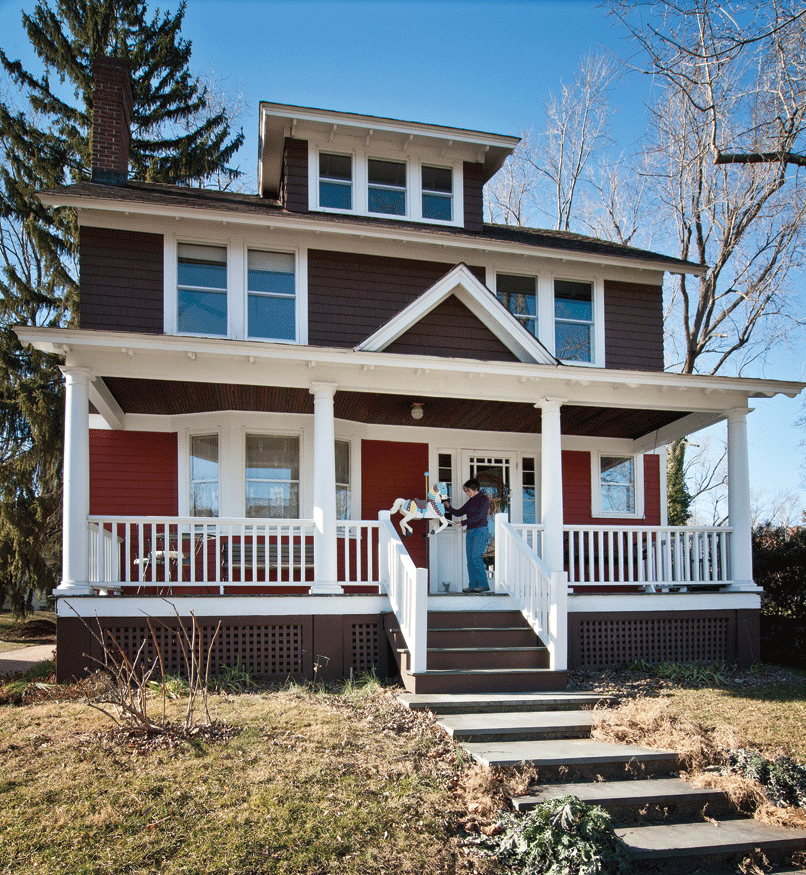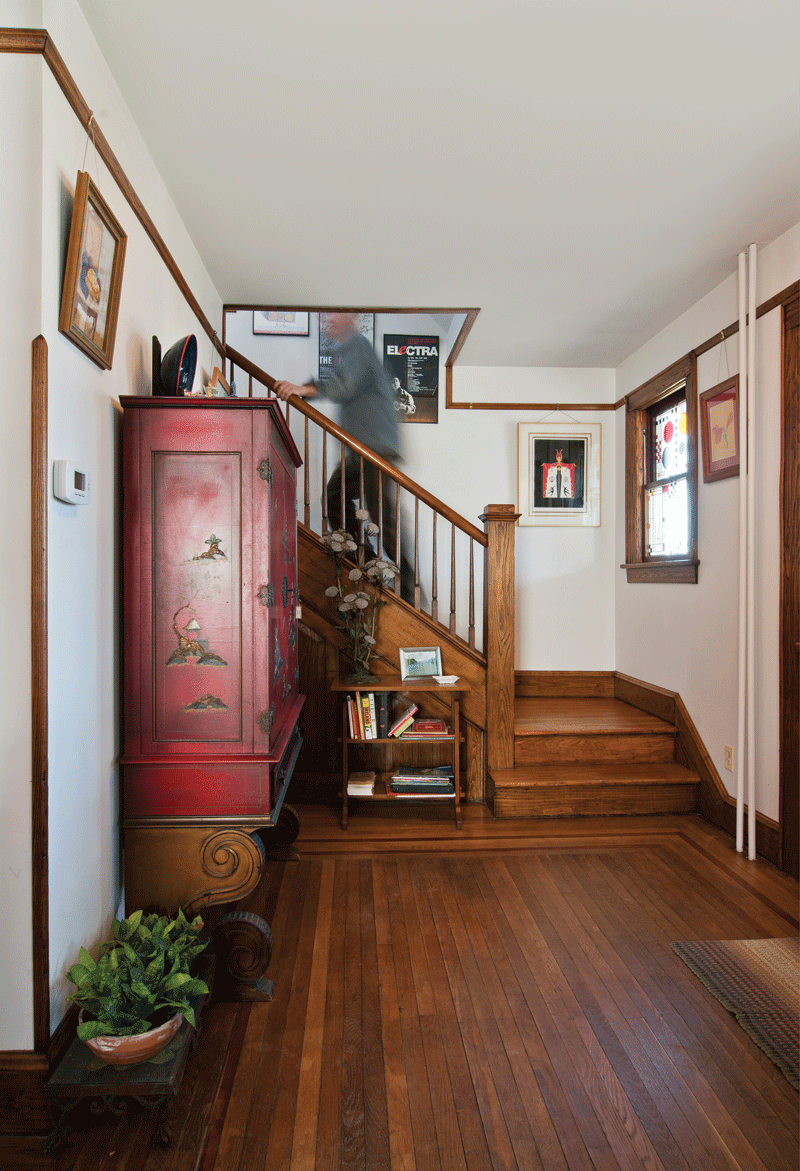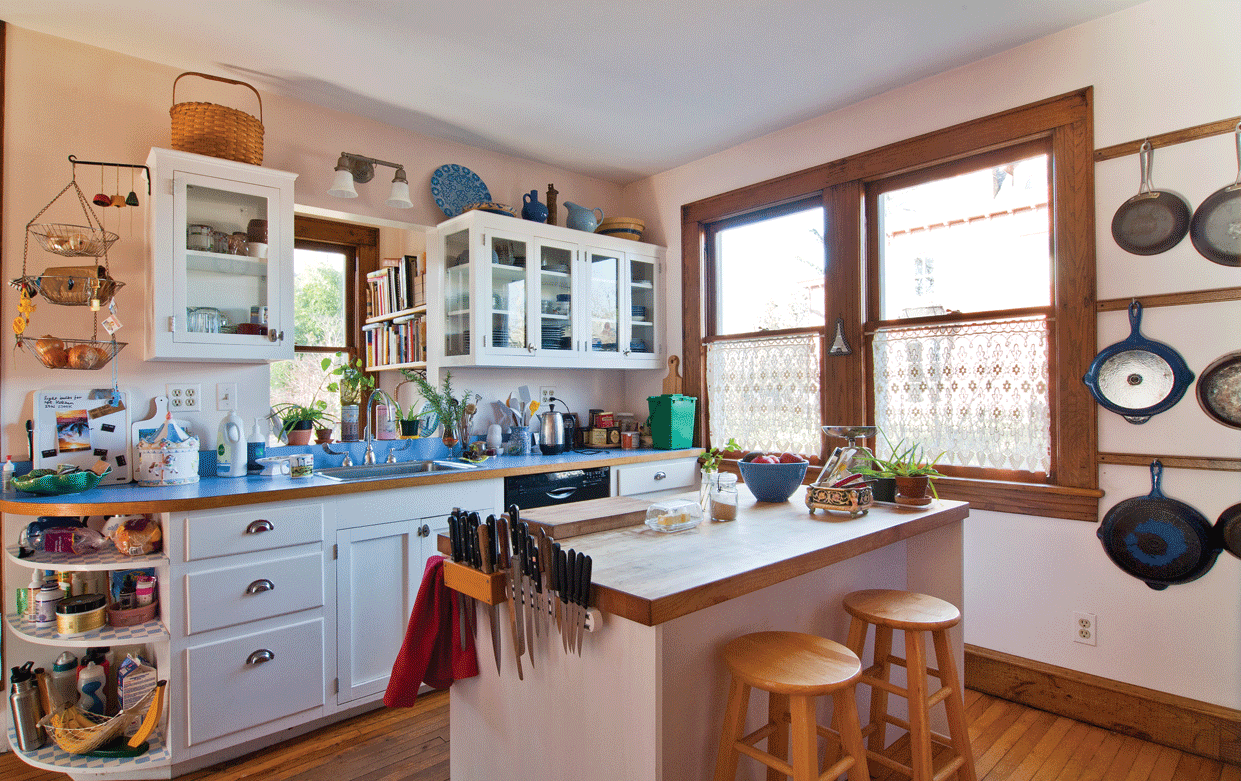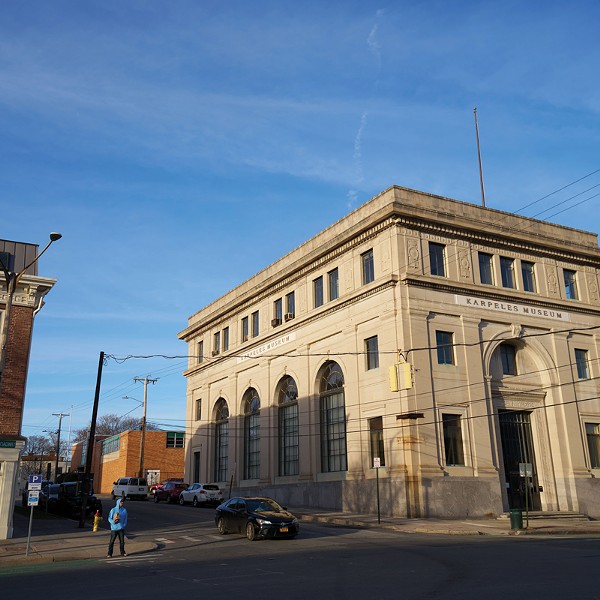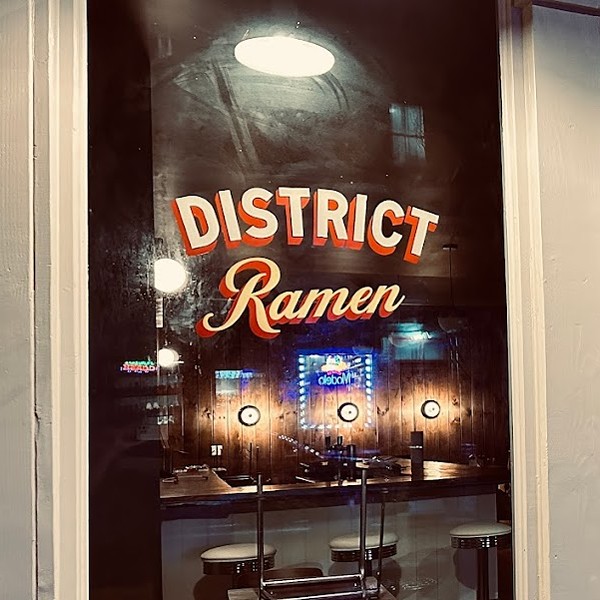When Cathy Prager and Dan Dour—both professional Broadway stagehands especially skilled in carpentry—bought their 1922 Newburgh home with a Hudson River view for $51,000 in 1985, they didn't consider it an investment. For them, it was always about a fierce nostalgic attachment to the post-Victorian American foursquare, a straightforward architectural genre once prevalent anywhere middle-class homes were built on relatively narrow lots. (Foursquare refers to all the sides of the structure being the same length.)
"It was a comfortable house, convenient to our work in New York, and much like my grandmother's home in Brooklyn," says Prager. "I can't tell you how many people have come to our home and said, 'I grew up in a house just like this.'"
When Prager and Dour bought the 2,100-square-foot house, they did not have a "very predictable income." After looking at houses in several nearby towns, arriving at the decision to buy the early American suburban classic was a snap. One selling point: It had a new natural gas furnace, still operational. And although rather small, with the only full bath in dire shape, its attic could be finished as office space, and the storage basement had a toilet plus slop sink.
"We didn't have to reduce our expectations to have a beautiful place," says Prager. "We liked the aesthetics. Although it needed work, it was livable, plus we had the basic skills" required for its renovation.
Naturally thrifty, the couple saved enough in their early years together to pay cash for the modest dwelling, located in Newburgh's sagging historic section, a once-grand neighborhood of fabulous period structures suffering from a lack of owner occupation. In other words, a low-rent neighborhood, with all the associated problems.
Although they remain unmarried, Prager and Dour met on the job at the Goodspeed Opera House in Connecticut in 1979 and have been together ever since. The couple does not have children. Dour manages the carpentry department at the August Wilson Theater, where "Jersey Boys" is currently running. Prager took up painting three years ago, but still works as a freelance stagehand, most recently on "Billy Elliot."
"We didn't buy here expecting to change the world"
Undeterred by Newburgh's persistent crime hot spots, one of which is just up the hill from their home, the first thing Dour did after moving into their house at 215 Montgomery Street was tear down the surrounding chain-link fence. Later, he ripped out screens enclosing the front porch, and installed an artsy carousel-horse mailbox made by his father, a machinist. "I don't believe in living that way," says Dour. "You can be just as vulnerable with a fence around your house as without," the tall Midwesterner adds.
"We knew the town, we knew its problems, and we didn't buy here expecting to change the world," says Prager, who's descended from an old Brooklyn family, from which she inherited eye-catching antiques distributed throughout the house. Of particular note is the red chinoiserie cabinet at the front entrance, which belonged to Cathy's grandmother. There's also a set of andirons crowned with elephant heads, too large for this home's two working fireplaces. The striking heirlooms decoratively flank the living room's comfortable brocade sofa.
In addition to posters from shows they've worked on, landscapes, and still lifes—a few painted by Prager, and others by Newburgh-based artists Gayle Clarke Fedigan, Lily Norton, Kate Ferriter, and the late Joel McKibble—create an atmosphere of greasepaint-loving show folk paying homage to the Hudson River School. Prager's father, a stained-glass hobbyist, made the Frank Lloyd Wright-inspired window panel insets.
"I don't want to live in a museum; my advice is to decorate with stuff you like; it doesn't have to all be from the same place and period," says Prager.
Unlike many crafty couples who buy "handyman specials" in areas ripe for gentrification, Prager and Dour did not buy with expectations of fixing and flipping. The idea makes them cringe. "At this point, we're really invested in the community. We don't have any plans to sell," says Prager.
While many structures in the historic district have recently changed hands, a few dilapidated 19th-century mansions, battered by decades of use as domestic-violence and other shelters, and now rotting empty, seem destined for demolition. But others are being overhauled by deep-pocketed architecture buffs. After hearing for three decades about how Newburgh's about to get hot—and all cleaned up—the couple believes a certain corner has finally been turned.
Prager and Dour pay close attention to every nearby real estate transaction. In the past decade, at tax auctions, they've purchased two 19th-century brick outbuildings just a short walk out their backdoor. Dour uses them for storage —he collects old wood, windows, and other types of architectural salvage, cast-offs from neighbor's renovations—and also as carpentry studios.
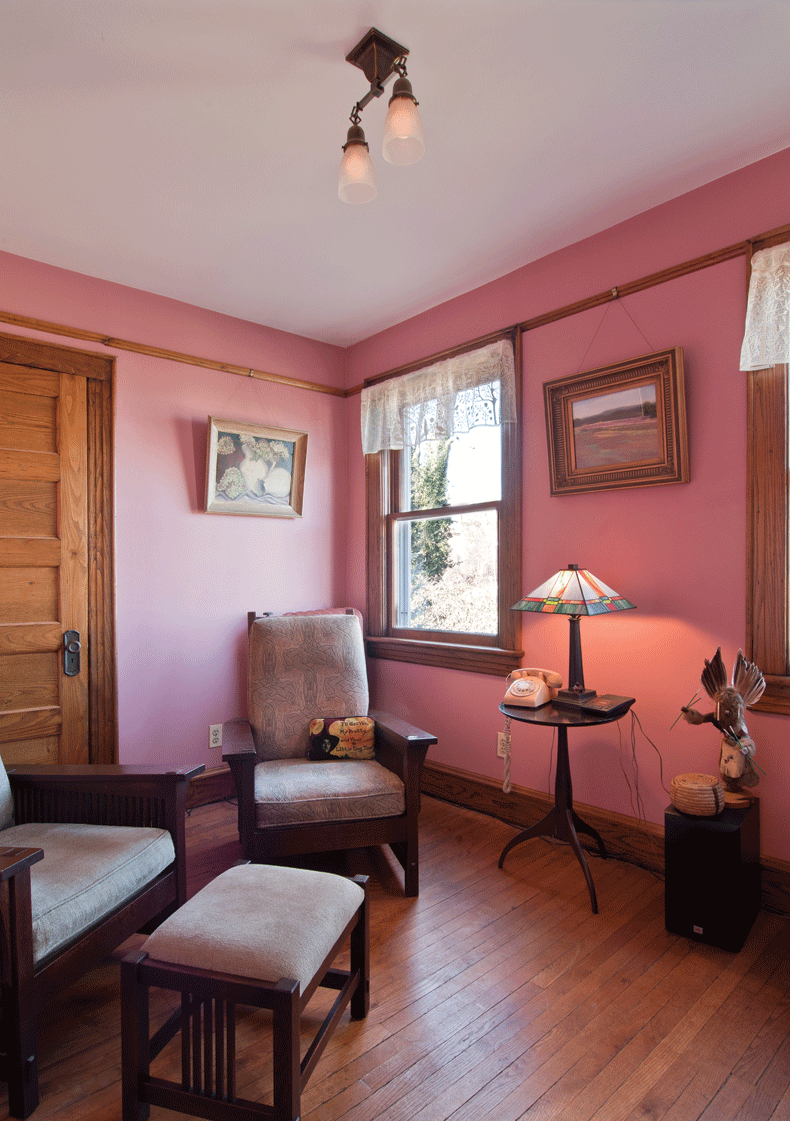
In December, Prager and Dour's house was featured on The Historical Society of Newburgh Bay & The Highlands Candlelight tour. "At the time I thought, Who wants to see our house?" says Prager. "But the tour sold almost 400 tickets, and we had at least 200 people come through."
How they opened up, and warmed up, 215 Montgomery
Because the house has relatively small rooms, Prager and Dour created a more open feel without altering the floor plan by removing all nonessential interior doors. But they're extremely fond of the pocket French door dividing the living and dining rooms. Along with the built-in magazine rack, it's one of the foursquare's signature Arts and Crafts features. But the machine-made rounded columns in the living room, and a curved wall corner off the hall to the kitchen, suggest a transitional style. In sum, like its decorations, the architectural style of 215 Montgomery is also a bit of a hybrid. It seems the builders, too, simply added details they liked or had found at a convenient price.
Prager and Dour have read lots about similar architecture—in fact, the house next door is almost a twin, with a reverse floor plan. It appears to have been constructed by the same builder, but the complete history remains a mystery. Prager says that back in the 1980s, there wasn't much reliable information readily available on so-called normal early suburban design. But today, in addition to the Internet's vast resources, paint manufacturers and decorative hardware suppliers actually market products in this specific heritage category.
With a few caveats, Prager and Dour have restored their home's core structure to an authentic period appearance, made more comfortable—and less expensive to heat—by increasing its thermal efficiency. Although wellmade, the house settled appreciably over the years, badly cracking the original plaster walls. Removing the oak woodwork, which was painstakingly refinished, the couple demolished the original plaster, packed in fiberglass insulation, and then put up sheetrock painted in muted, period-appropriate colors. They bought a tankless hot water heater, and all their appliances are rated Energy Star efficient. They've mostly kept the original double-hung, single-pane windows, because they like the way they look.
Prager and Dour also removed dubious earlier improvements: wall-to-wall carpet as well as exterior aluminum siding obscuring the original clapboard, which was partially replaced with cedar shingles. The oak floors were sanded and refinished with wax. They designed and built the kitchen cabinets to look period to the house. Prager likes to cook, and the food-prep island was scaled for her petite stature.
Paying cash for every phase of the renovation, the main problem for years was finding enough time between their busy Broadway show schedules to complete projects with the precision they desired.
"You can't give yourself a deadline, because you don't know what you're going to find" when you dismantle an older home, says Prager. "You aren't going to get everything exactly right, and you learn to live with that, but it's all about keeping at it."
Dour says that although their home is clearly worth a good deal more than what they paid for it 27 years ago, he doesn't think they actually come out ahead financially when placing any kind of a fair market value on their labor. "It's not so much a money pit; it's been more like a time pit," says Dour, laughing, as he shows me one particularly challenging piece of ill-fitting molding he's removed and tinkered with repeatedly.







